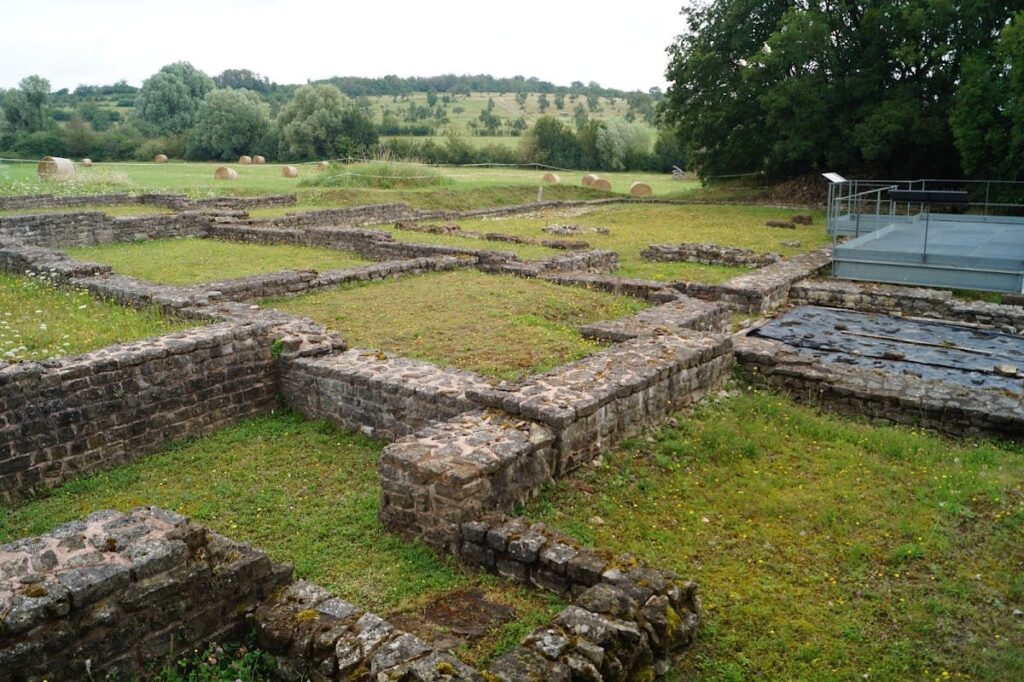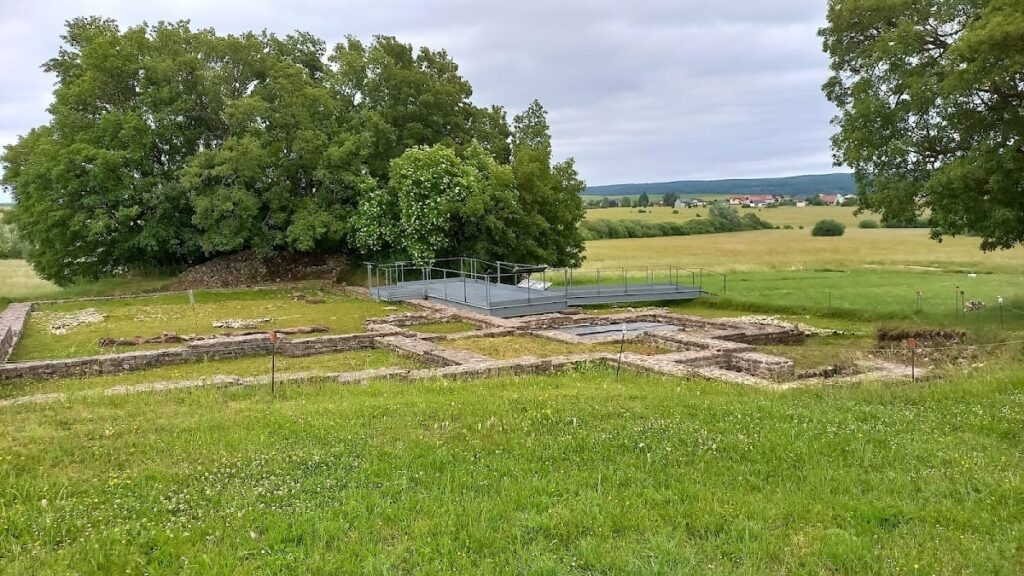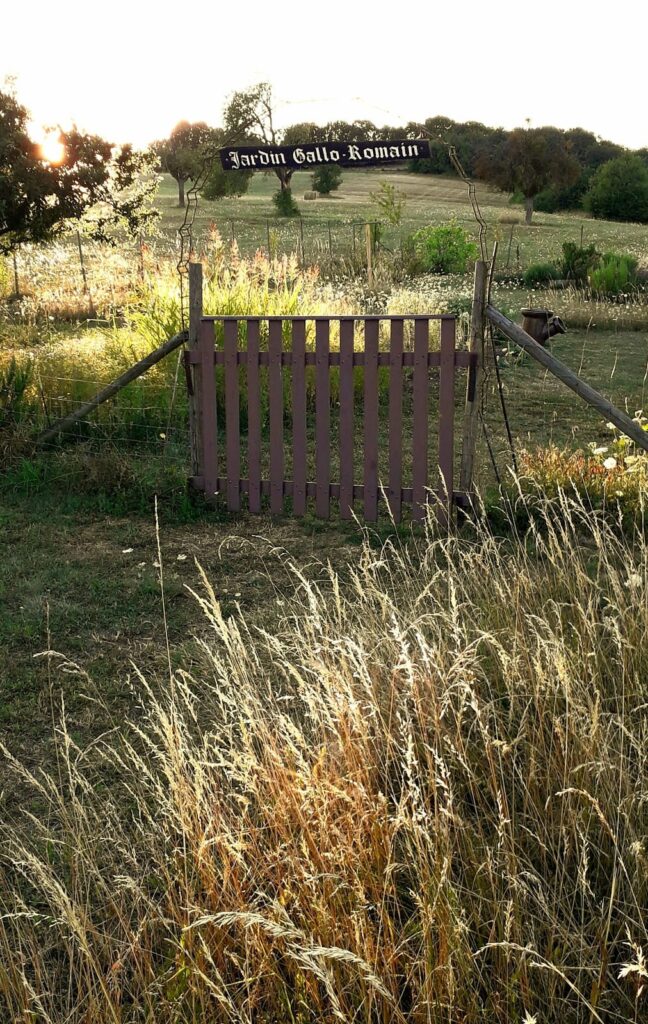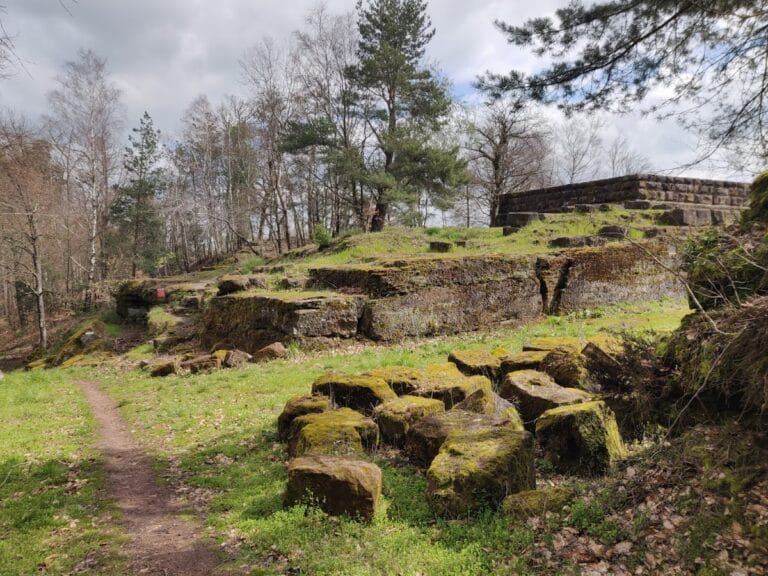Gurtelbach Gallo-Roman Villa: A Gallo-Roman Rural Estate in Northeastern France
Visitor Information
Google Rating: 5
Popularity: Very Low
Google Maps: View on Google Maps
Country: France
Civilization: Roman
Remains: Domestic
History
The Gallo-Roman Villa of Gurtelbach is located near Dehlingen in northeastern France. It was established during the Gallo-Roman period, a time when Roman culture blended with local Gallic traditions. The site was inhabited from the 1st century BCE through the 5th century CE, covering a span from the late Iron Age into late Antiquity.
During the early phase, beginning in the 1st century BCE, the villa served as a rural estate combining residential and agricultural functions. This period reflects the integration of Roman architectural and farming practices into the local landscape. Coins found on the site confirm continuous occupation through several centuries, indicating the villa’s sustained importance in the region.
By the later centuries of Roman rule, the villa complex expanded to include specialized buildings such as an ironworking workshop. This suggests a diversification of activities beyond farming, possibly supporting local industry or trade. The site’s use appears to have persisted until the 5th century CE, a time marked by the decline of Roman authority in Gaul.
Remains
The villa covers about 1.5 hectares and includes the foundations of at least three main buildings: a residential house, an agricultural structure, and an ironworking workshop.
The residential building’s foundations reveal the layout of a typical Roman rural home, constructed with local materials and designed for domestic living. Excavations have uncovered decorative elements and jewelry, indicating a degree of wealth and craftsmanship.
The agricultural building likely served storage or processing functions related to farming activities. Its construction is consistent with practical, durable techniques suited to rural estates of the time.
The ironworking workshop is a notable feature, showing evidence of metal production on site. This building highlights the villa’s role in artisanal work beyond agriculture, possibly producing tools or goods for local use.
Artifacts such as coins dating from the 1st century BCE to the 5th century CE have been found throughout the site, confirming its long-term occupation. The ruins and foundations remain visible today, preserved in situ, allowing direct study of the villa’s structure.
An experimental garden adjacent to the site has been created based on charred seed remains discovered during excavations. This garden reconstructs the types of plants cultivated or used in the villa’s environment, providing insight into ancient horticultural practices.
The site’s condition allows for clear observation of the building layouts, supported by digital 3D reconstructions available at the nearby museum.










